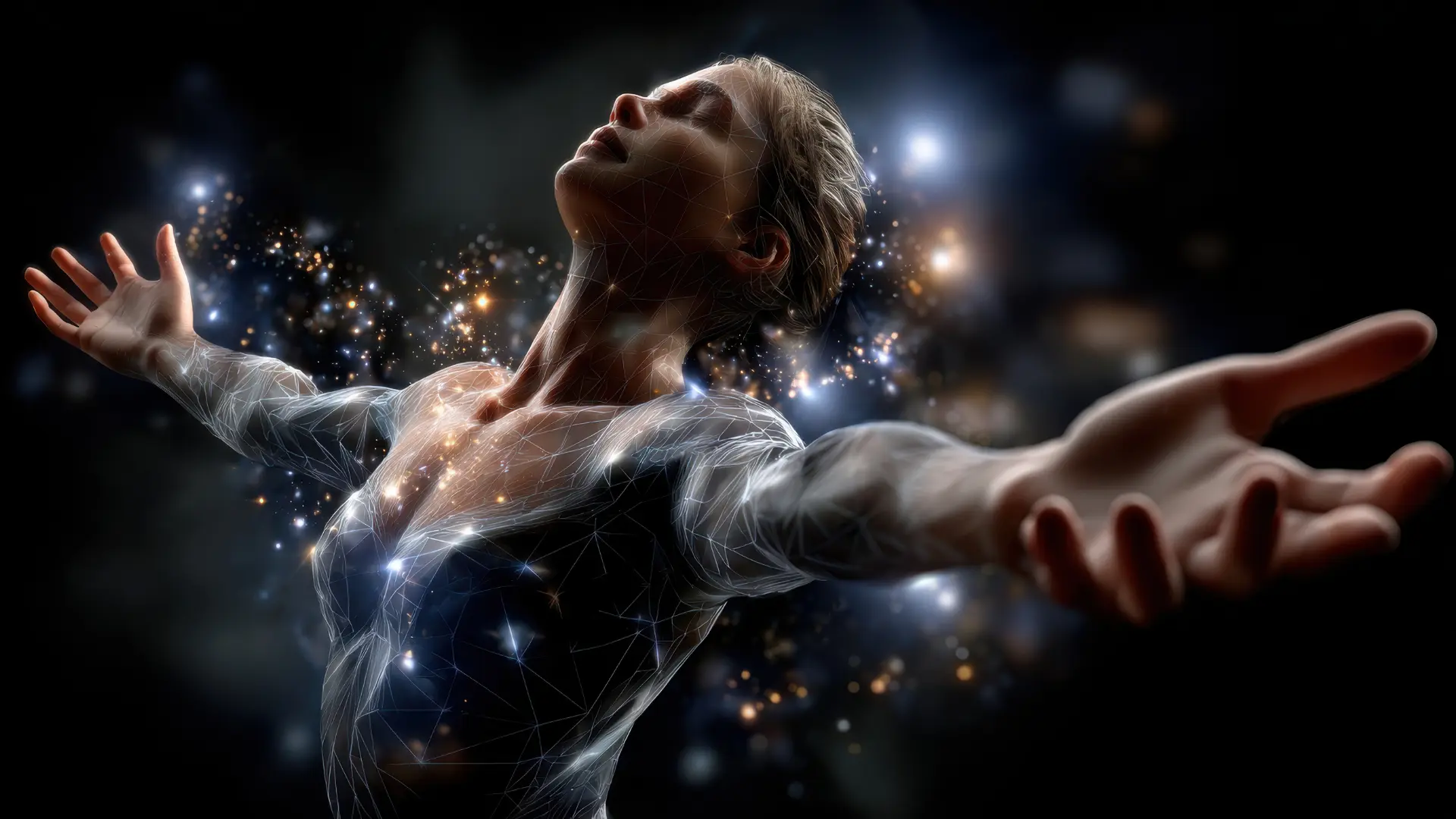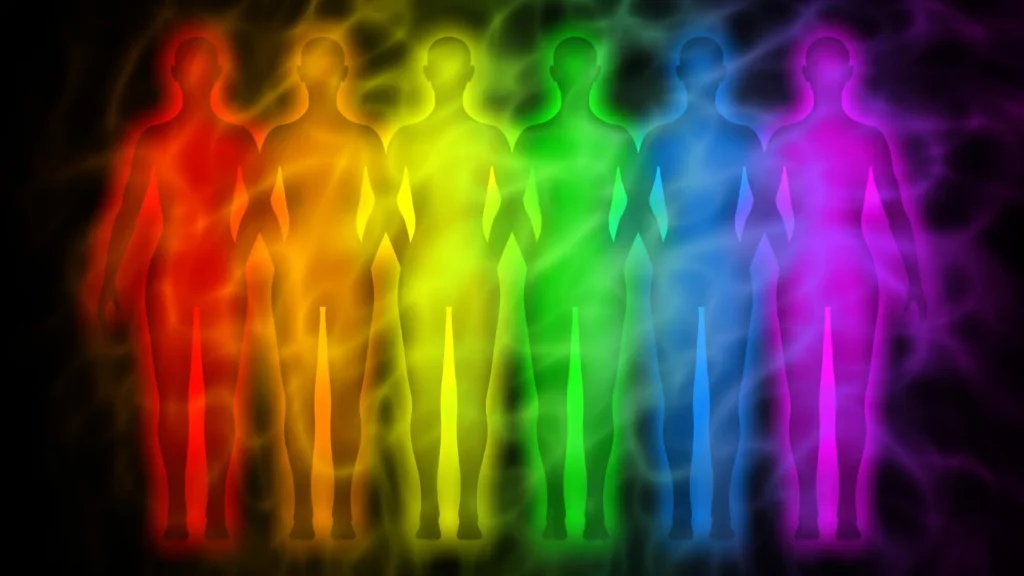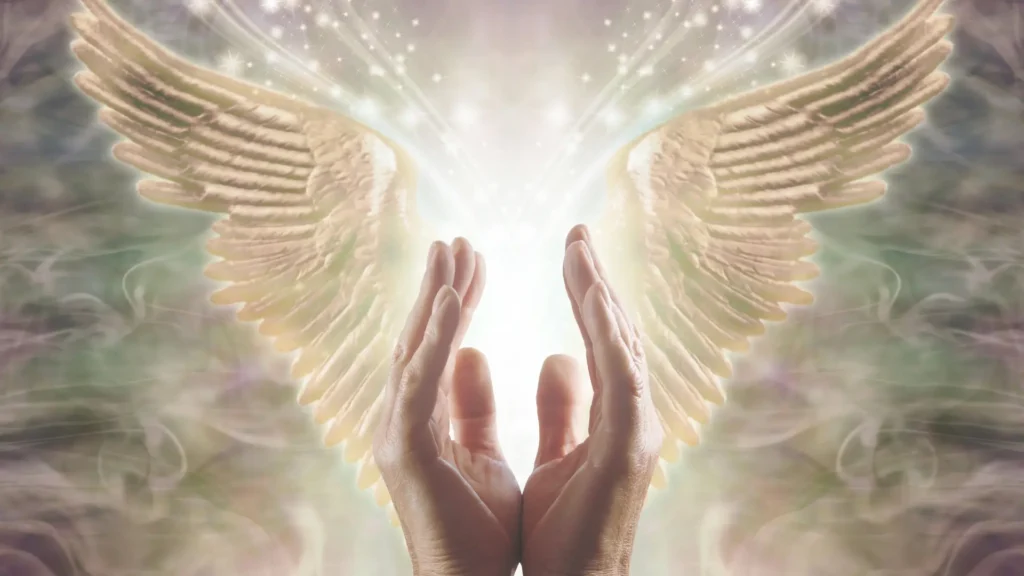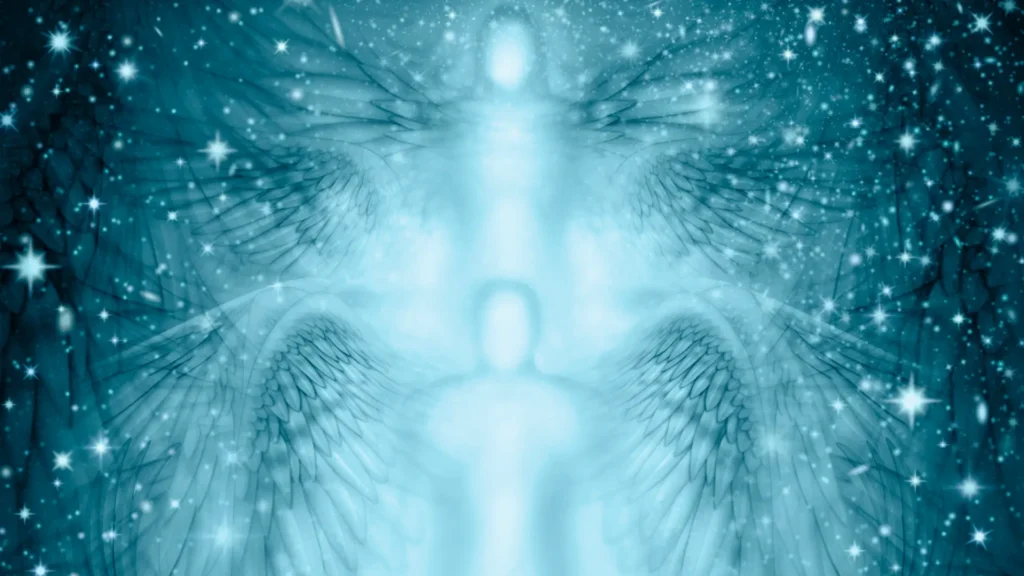The ancient concept of Kundalini, with its rich tapestry of serpents, chakras, and divine union, can seem esoteric and far removed from our modern understanding of the human body. However, when viewed through the lens of contemporary neuroscience, this spiritual framework reveals itself to be a sophisticated and remarkably accurate map of our own nervous system and its profound potential for self-regulation.
Disclaimer: This is merely my personal take on how the Kundalini could potentially be explained from a scientific perspective. Treat it as a guess, not a definitive answer.
From Esotericism to Science
At its heart, the Kundalini process is a model for achieving the pinnacle of human potential. A neuro-spiritual translation does not seek to disprove the mystical experience but to understand its physiological underpinnings. In this model, the ancient language of energy is translated into the modern language of biology, revealing that the path to enlightenment is also a path of profound neurological integration and mastery.
The Autonomic Nervous System
The entire landscape of Kundalini’s journey can be mapped onto the Autonomic Nervous System (ANS), the body’s subconscious control panel that regulates everything from our heartbeat to our digestion. The ANS is the master regulator of our internal state, and gaining conscious influence over it is the secret to the entire process.
Ida and Pingala as the PNS and SNS
Yogic texts describe two primary energy channels that spiral around the central axis: the Ida (lunar, cooling, feminine) and the Pingala (solar, heating, masculine). These are a perfect physiological match for the two main branches of the ANS:
- The Parasympathetic Nervous System (PNS) is the “rest-and-digest” system. It is our braking system, responsible for calm, healing, and recovery. This is the physiological equivalent of the cooling Ida nadi.
- The Sympathetic Nervous System (SNS) is the “fight-or-flight” system. It is our accelerator, mobilizing the body for action and stress. This is the physiological equivalent of the heating Pingala nadi.
A state of health is a dynamic balance between these two systems. Spiritual practices that focus on balancing Ida and Pingala are, in essence, training the practitioner to achieve autonomic homeostasis.
Sushumna as the Central Channel: The Vagus Nerve and Spine
The goal of balancing the PNS and SNS is to allow energy to enter the Sushumna, the central channel. The physical correlates for this channel are the spinal cord—the body’s primary information highway—and, most importantly, the vagus nerve. The vagus nerve is the main component of the parasympathetic nervous system and acts as a superhighway of communication between the brain and the gut, heart, and other major organs. Practices that “activate Sushumna” are effectively toning the vagus nerve, leading to profound states of calmness, resilience, and mind-body coherence.
Chakras as Glands, Organs, and Neural Plexuses
The seven chakras, or energy centers, align with uncanny precision to the major nerve clusters (plexuses) and endocrine glands along the spinal axis. They can be understood as major hubs of neurobiological activity.
The Lower Centers: The “Second Brain” and Survival Instincts
The lower three chakras govern our primal functions and are deeply intertwined with the Enteric Nervous System (ENS), the “second brain” in our gut.
- The solar plexus chakra (Manipura) corresponds directly to the solar plexus (or celiac plexus) of nerves and the bulk of the ENS. It innervates the digestive organs and is linked to the adrenal glands, which regulate our stress response (cortisol) and metabolism. This makes it the seat of personal power and “gut feelings.”
- The sacral chakra (Svadhisthana) aligns with the sacral plexus, which innervates the reproductive organs and bladder, as well as the gonads (ovaries/testes). It governs our emotions, sexuality, and creativity.
- The root or base chakra (Muladhara) correlates to the base of the spine, the coccygeal plexus, and the perineum. This is the foundation of the nervous system, controlling our primal survival functions and our physical sense of being grounded.
The Upper Centers: The Heart-Brain and Higher Consciousness
The upper chakras correspond to our more refined and integrative functions.
- The heart chakra (Anahata) aligns with the cardiac plexus, the cluster of nerves regulating the heart, and the thymus gland, a key component of the immune system. The strong influence of the vagus nerve on this center makes it a hub for emotional regulation and compassion.
- The throat chakra (Vishuddha) corresponds to the cervical plexus of nerves and the thyroid and parathyroid glands, governing communication, vocal expression, and metabolic regulation.
- The third eye chakra (Ajna) and crown chakra (Sahasrara) correlate to the master glands of the brain—the pituitary and pineal glands—and the highly evolved prefrontal cortex. These centers govern our perception, intuition, and the integrated, holistic consciousness that defines our sense of unity.
Kundalini Awakening as a Neurobiological Event
From this scientific perspective, a Kundalini awakening is not a mystical serpent rising, but a holistic neurobiological transformation. It is the moment the entire system shifts from a state of dysregulated, partial functioning to one of total coherence and integration. It represents the full “activation” of the central channel—the spinal cord and vagus nerve—creating a powerful, unified feedback loop between the “second brain” in the gut, the heart-brain, and the cognitive brain. This can lead to states of hemispheric brain synchronization, powerful bursts of gamma brainwave activity (associated with peak consciousness), and a subjective experience of ego dissolution and unity.
Blockages: Psychosomatic Traumas in the Body
The concept of a chakra blockage translates directly into the language of psychosomatics. An unresolved trauma or chronic stress pattern creates a very real physical imprint in the body. This can manifest as chronic muscle tension (“somatic armoring”), adhesions and restrictions in the fascia (the body’s connective tissue web), localized inflammation, and dysregulated neural circuits. These are not imaginary “bad vibes”; they are measurable physiological obstructions that disrupt the flow of nerve signals, blood, and lymph, corresponding perfectly to the esoteric idea of a “blockage” in the flow of prana.
Kundalini Meditation as Conscious Self-Regulation
Kundalini meditation practices—the kriyas, pranayama, and mantras—can be understood as a sophisticated system of conscious self-regulation. The postures challenge the neuromuscular system, the breathwork directly hacks the ANS, and the focused attention rewires the brain through neuroplasticity. The practice is a form of training that gives the practitioner increasing voluntary control over the typically involuntary systems of their own body. This is the scientific definition of self-mastery, a state in which the arbitrary division between the conscious and subconscious mind begins to dissolve.



